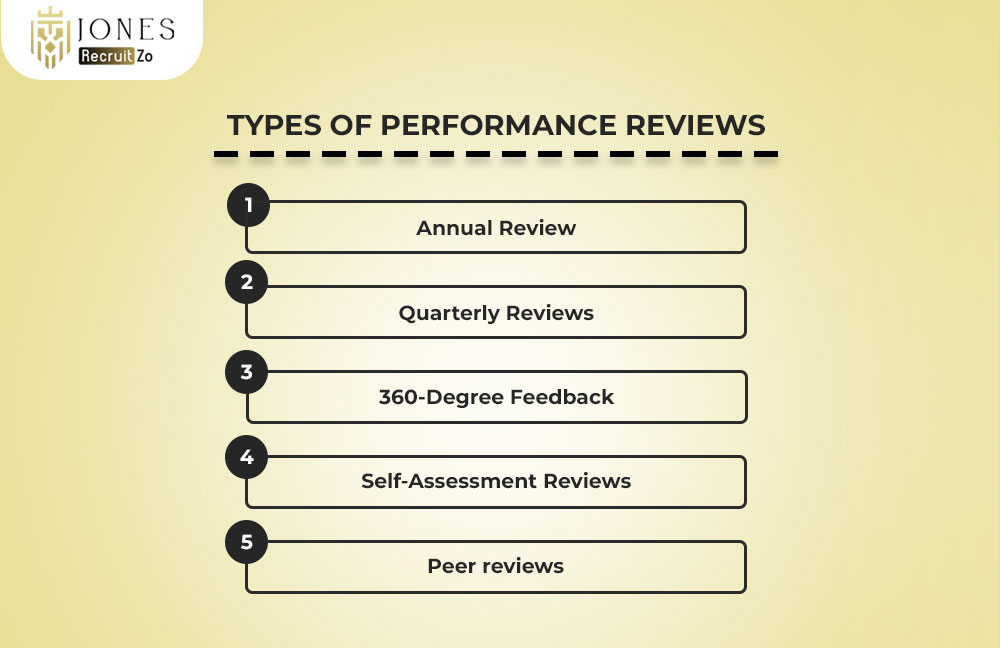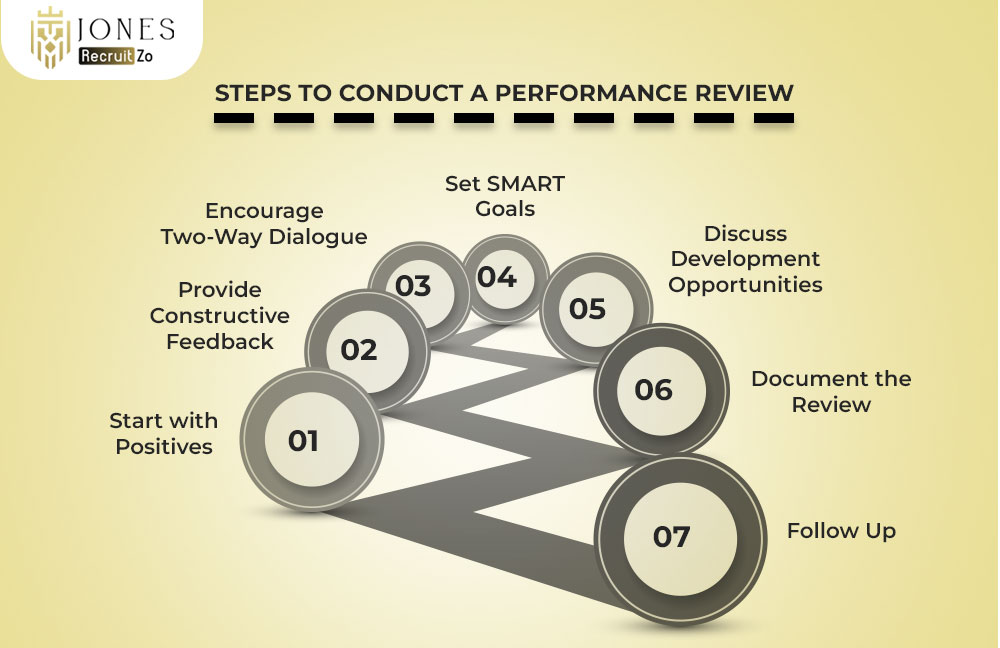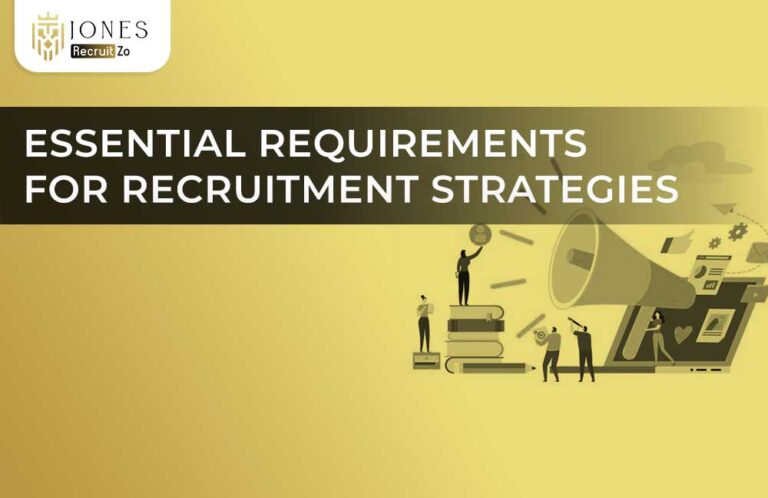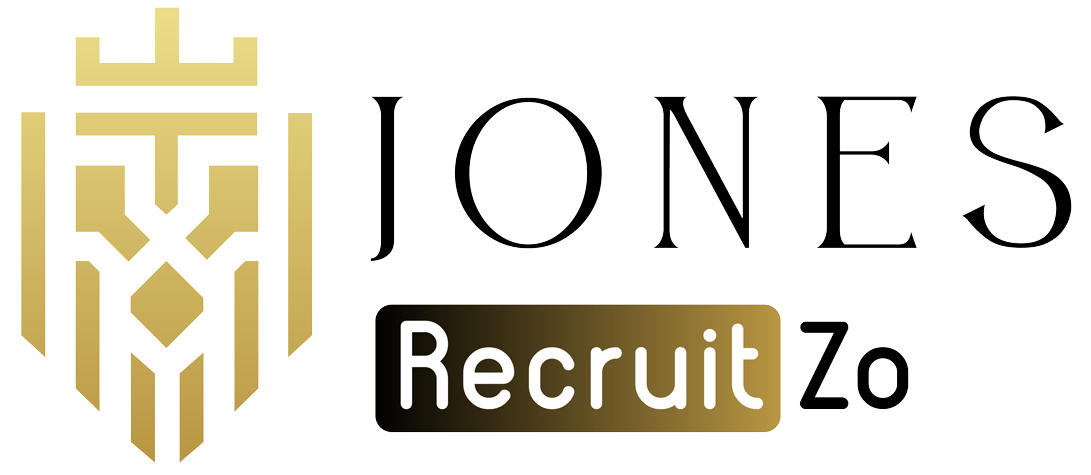What is a Performance Review?
A performance review is a formal process by which an organisation evaluates an employee’s job performance during a certain time span. Usually, a manager conducts the annual review, assessing accomplishments and areas for improvement while setting individual goals that support higher organisational objectives.
It is the most widely recognised component of performance management and is used for giving feedback, recognition, and planning of future development. When they are conducted effectively, performance reviews promote employee development, establish expectations, and develop alignment within the team.
Why Are Performance Reviews Important?
Enhances Employee Development
With regular reviews, an employee will know exactly where he stands and what he should do to improve. Managers can give employees a clear idea of their strengths and areas of improvement so they can work on themselves or pursue tailor-fit training.
Encourages Open Communication
Performance reviews provide an option for a sincere boss-to-employee dialogue. This kind of continuous communication builds trust, mutual respect, and, more importantly, an alignment to expectations between both parties.
Boosts Productivity
For good results, employees stay motivated and focused due to positive reinforcement and concretely defined goals of how their performance can help an organization stay productively in operation.
Clarify expectations
Reviews ensure that employees fully understand their roles and responsibilities. When expectations are clearly communicated, performance tends to improve naturally.
Enhance engagement and motivation
Recognising efforts during performance reviews helps boost morale. Employees who feel seen and appreciated are more likely to remain committed and perform better.
Types of Performance Reviews

There isn’t a one-size-fits-all method for evaluating performance. Depending on the organisation’s culture and goals, reviews can vary in structure and frequency. Below are some common types of performance reviews:
Annual Review
Generally considered as the annual review, this system involves the evaluation of employee performances over the span of one year. While providing an overview of the work done by any employee, it works wonderfully if washed down with continuous feedback.
Quarterly Reviews
These are quarterly review processes conducted more often than annual reviews so that adjustments can be made more swiftly and employees’ performances can be tracked in real time. These keep the goals and feedback fresh.
360-Degree Feedback
It involves gathering feedback from different sources: colleagues, subordinates, managers, and sometimes even clients. This gives an objective evaluation of the performance and behaviour of an employee within the workplace environment.
Self-Assessment Reviews
This is pre-evaluation given by the employee, describing his work performance through his own lens. Such a review prepares the employee and engages him in more meaningful and open conversations with his manager.
Peer reviews
The reviews by peers who work closely with the employee provide information on teamwork, collaboration, and interpersonal relations that probably might not be apparent to management itself.
Steps to Conduct a Performance Review

Conducting a performance review effectively requires structure and sensitivity. The process should be fair, actionable, and aimed at development rather than criticism. Here’s how to carry out an effective performance review:
Start with Positives
The conversation would begin by addressing accomplishments as well as positive behaviours. Building shared acknowledgement of accomplishments or positive traits creates a very comfortable environment for the employee.
Provide Constructive Feedback
When discussing deficiencies and areas for improvement, be specific and solution-orientated. Steve said that feedback should be constructive and focus on the behaviour, not the personality, of an employee.
Encourage Two-Way Dialogue
Allow the employee time to share his thoughts as well as challenges and aspirations. Such an open discourse will help build trust and might prove helpful in providing insights that could improve the review.
Set SMART Goals
Allow the employee time to share his thoughts as well as challenges and aspirations. Such an open discourse will help build trust and might prove helpful in providing insights that could improve the review.
Discuss Development Opportunities
Talk about training, mentoring, or new responsibilities that align with the employee’s goals. Career development is a prime motivator, thus retention enhancement.
Document the Review
Keep a written record of the review that contains the conversation, goals, and feedback shared. This will promote accountability and serve as a precedent for future evaluations.
Follow Up
The review doesn’t end with the meeting. Managers should check in periodically to monitor progress, provide support, and adjust goals as needed.
FAQs
1) What is a performance review?
During a performance review, an employee’s job performance is formally assessed by the manager. This process includes giving feedback, setting goals, and planning for future development.
2) How to conduct performance review?
Highlight strengths, provide constructive feedback, encourage two-way communication, set SMART goals, and document the discussion for further reference.
3) What are the Types of Performance Reviews?
Annual, quarterly, 360-degree feedback, self-appraisals, and peer evaluations are types of performance reviews.
4) Why Are Performance Reviews Important?
They enable employee development, further provide a level of communication, increase productivity, clarify job expectations, and keep teams aligned with organisational goals.














